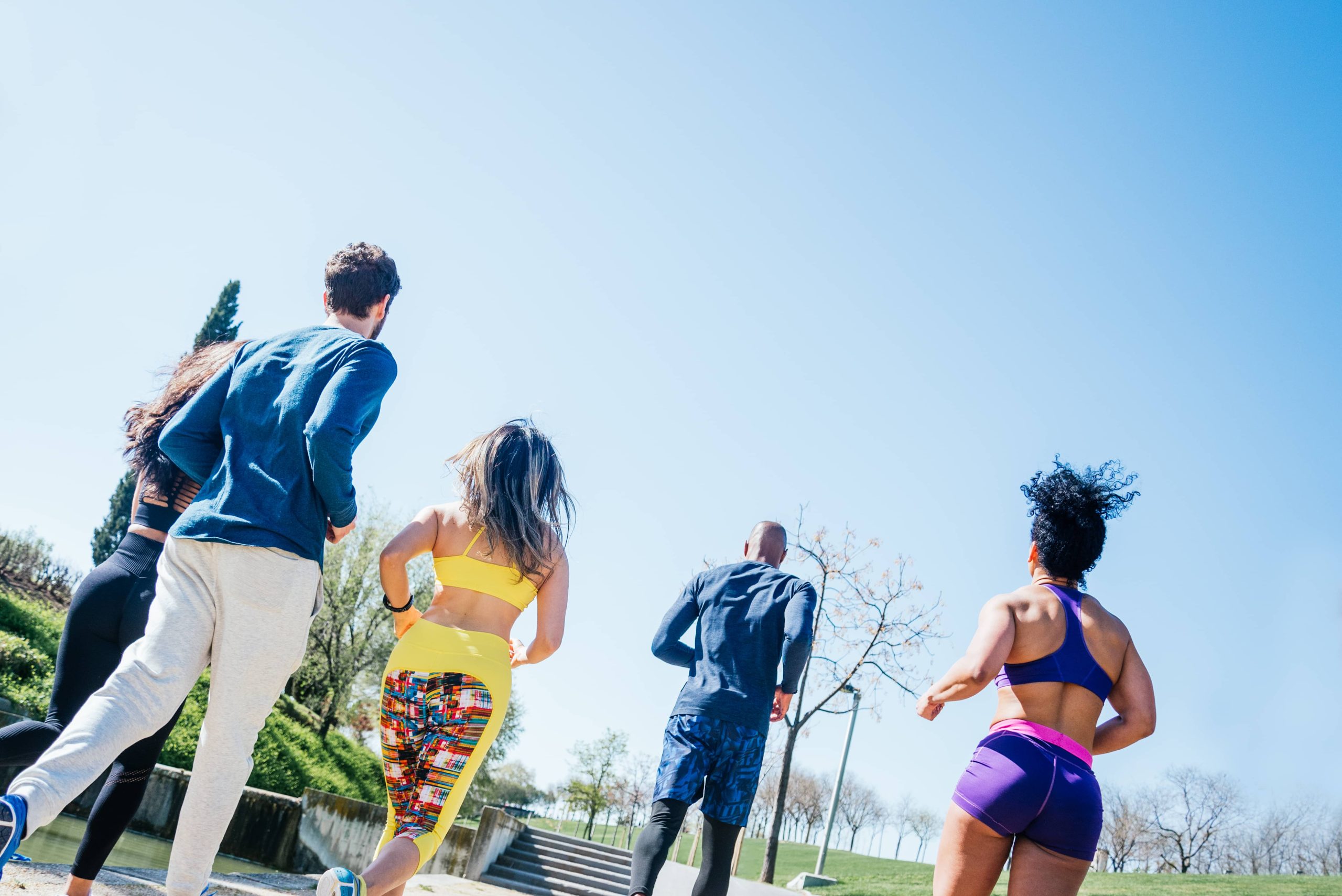
In the ever-evolving landscape of digital marketing, the role of influencers has become increasingly significant. Traditionally, influencers have been celebrities or individuals with massive followings on social media platforms. However, a new trend is emerging that is reshaping the influencer marketing paradigm: the rise of micro-influencers. These are individuals with smaller, yet highly engaged audiences, often ranging from 1,000 to 100,000 followers. In the fitness industry, this trend presents a unique opportunity for fitness clients to become micro-influencers, leveraging their personal fitness journeys to inspire and engage others.
The Rise of Micro-Influencers
Micro-influencers are gaining traction for several reasons. Firstly, they tend to have a more authentic connection with their audience. Unlike traditional influencers, who may promote a wide range of products, micro-influencers often focus on specific niches, such as fitness, health, or wellness. This specialization allows them to build trust and credibility with their followers, who see them as relatable and genuine.
Moreover, micro-influencers typically have higher engagement rates compared to their macro counterparts. According to a study by Markerly, influencers with fewer than 1,000 followers have an average engagement rate of about 8%, while those with 1,000 to 10,000 followers have an engagement rate of 4%. In contrast, influencers with over 100,000 followers have an engagement rate of only 1.7%. This higher engagement is crucial for brands looking to connect with their target audience in a meaningful way.
Fitness Clients as Micro-Influencers
Fitness clients, whether they are just starting their fitness journey or have achieved significant milestones, have the potential to become powerful micro-influencers. Their personal stories of transformation, dedication, and perseverance resonate with others who are on similar paths. By sharing their experiences, fitness clients can inspire and motivate their followers, creating a community of like-minded individuals.
Authenticity and Relatability
One of the key advantages of fitness clients as micro-influencers is their authenticity. Unlike professional athletes or fitness models, who may seem unattainable to the average person, fitness clients are often everyday individuals who have overcome challenges and achieved their goals through hard work and determination. This relatability makes their stories more impactful and inspiring.
For example, a fitness client who has successfully lost weight and improved their health can share their journey, including the struggles and triumphs along the way. By being open and honest about their experiences, they can connect with others who are facing similar challenges, offering support and encouragement.
Building a Community
Fitness clients can also leverage their micro-influencer status to build a supportive community. By engaging with their followers, responding to comments, and sharing tips and advice, they can create a sense of belonging and camaraderie. This community can become a valuable resource for individuals seeking motivation and guidance on their fitness journeys.
Moreover, fitness clients can collaborate with other micro-influencers or fitness professionals to expand their reach and impact. By partnering with others who share similar values and goals, they can create a network of support and inspiration that benefits everyone involved.
The Benefits for Brands
For brands in the fitness industry, partnering with micro-influencers offers several advantages. Firstly, micro-influencers often have a more targeted audience, allowing brands to reach specific demographics more effectively. This targeted approach can lead to higher conversion rates and a better return on investment.
Additionally, micro-influencers are often more cost-effective than traditional influencers. With smaller followings, they typically charge lower fees for collaborations, making them an attractive option for brands with limited marketing budgets. Furthermore, their higher engagement rates mean that brands can achieve greater visibility and impact with their campaigns.
How Fitness Clients Can Become Micro-Influencers
For fitness clients looking to become micro-influencers, there are several steps they can take to build their online presence and engage with their audience effectively.
1. Define Your Niche
The first step is to define your niche and identify what makes your fitness journey unique. Whether it’s weight loss, strength training, or a specific fitness program, having a clear focus will help you attract followers who are interested in your content.
2. Share Your Story
Authenticity is key to building trust and credibility with your audience. Share your personal story, including the challenges you’ve faced and the successes you’ve achieved. Be open and honest about your journey, and don’t be afraid to show vulnerability.
3. Engage with Your Audience
Engagement is crucial for building a loyal following. Respond to comments, ask for feedback, and encourage interaction with your posts. By fostering a sense of community, you can create a supportive environment where followers feel valued and connected.
4. Collaborate with Others
Collaborating with other micro-influencers or fitness professionals can help you expand your reach and connect with new audiences. Look for opportunities to partner with others who share similar values and goals, and explore ways to create mutually beneficial content.
5. Stay Consistent
Consistency is key to maintaining and growing your audience. Post regularly and stay true to your niche and values. By providing valuable and engaging content, you can keep your followers interested and invested in your journey.
Conclusion
The potential of fitness clients as micro-influencers is vast and largely untapped. By leveraging their personal stories and experiences, fitness clients can inspire and motivate others, creating a positive impact in the fitness community. For brands, partnering with these micro-influencers offers a cost-effective and targeted approach to reaching their audience. As the digital marketing landscape continues to evolve, the role of micro-influencers in the fitness industry is set to grow, offering exciting opportunities for both individuals and brands alike.











